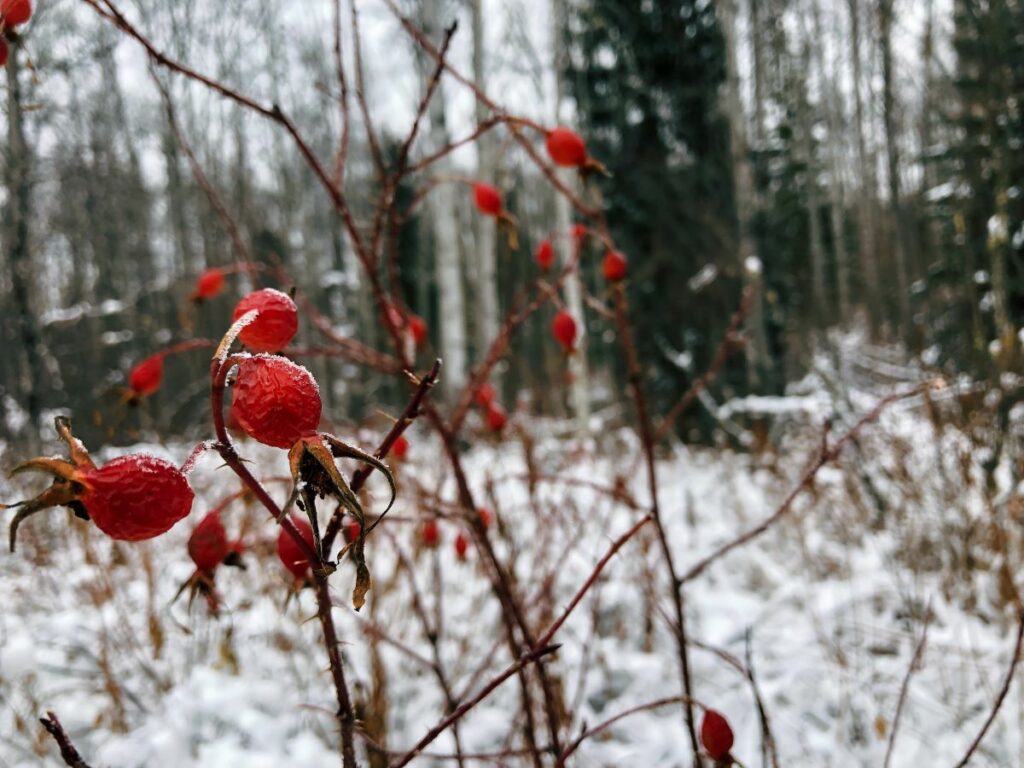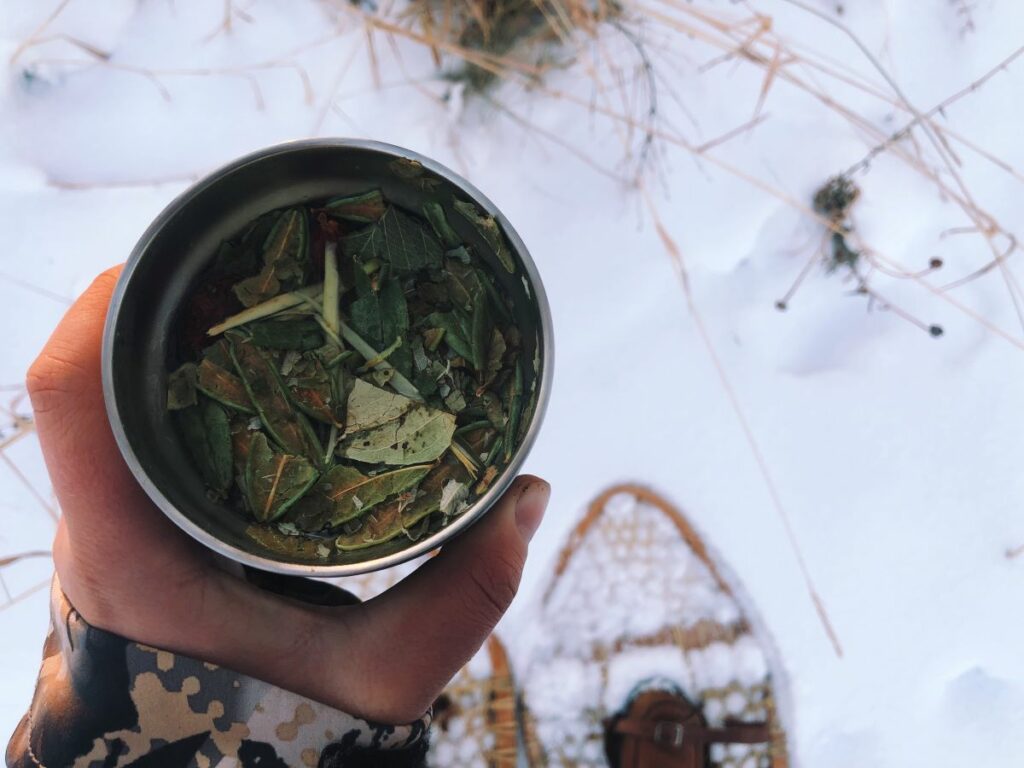The snow may have fallen, and the fall hunting season is coming to a close, but all that means is that winter foraging season is upon us. November is a great time of year to head out foraging (ahem, no mosquitos), and depending what hunting seasons are available to you where you are at, pack your rifle with you and you might just head home with more than a full foraging pouch.
Advertisement
Foraging at this time of year in the north certainly comes with its downfalls – the main obstacle being that many plants have gone into hibernation, shedding their leaves and dropping their berries, leaving only bare branches behind. If you get a little creative, however, you can find enough to make one of my favourite blends: this handcrafted wild woman tea. Featuring mostly plants that can be foraged for even in the winter, this blend is excellent for whenever us outdoorswomen might be feeling a little crampy or irritable!
Advertisement
For this blend, mint helps to mellow out slightly bitter taste of the crampbark – which, as the name implies, is said to relax muscles and relieve cramping. Labrador tea is also supposed to help reduce cramping. The raspberry leaves (which you may have foraged earlier in the year) and rosehips are said to be nutrient and mineral rich, with the latter being said to aid with reducing inflammation.
Advertisement
As always when wildcrafting, ensuring you can properly identify plants is crucial – even more so in late fall and winter, when many distinguishing features from plants are not visible. When consuming wild-foraged plants, it is important to do detailed research to understand any contradictions or side effects; even when things are natural, they still may have ill-intended side effects, especially for those who have pre-existing medical conditions or who are pregnant or nursing.
Wild Woman Tea Blend
3 parts dried mint
2 part dried crampbark*
2 part dried raspberry leaves
2 part dried rosehips*
1 part dried Labrador tea leaves*
Combine all the dried herbs in a mason jar. To use, steep in hot water for 10 minutes before straining. If desired, sweeten with a bit of raw honey.
*Crampbark refers to the bark of highbush cranberry (Viburnum edule) and, along with rosehips and Labrador tea leaves, can be foraged for and dried into late fall/early winter.

